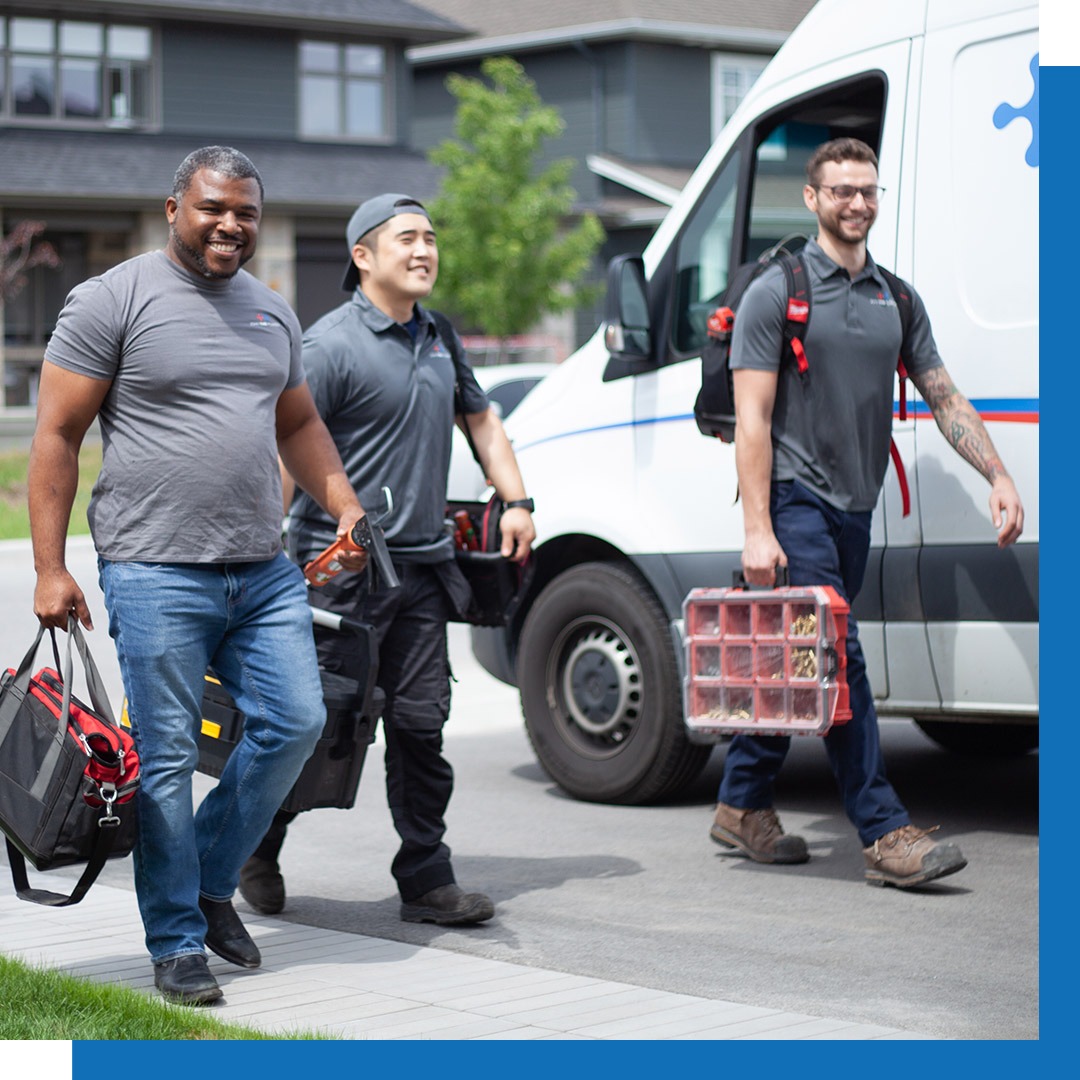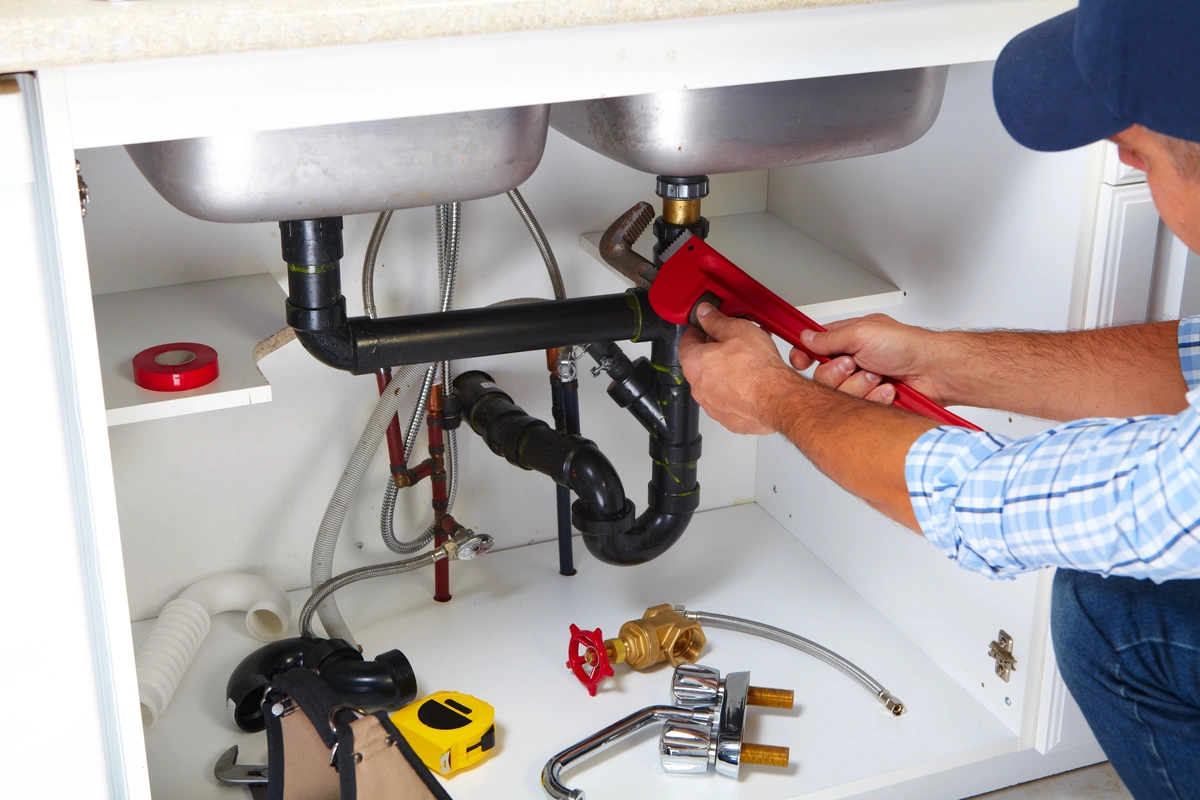Premier Plumber Alabaster AL Ready to Offer You Anytime
Premier Plumber Alabaster AL Ready to Offer You Anytime
Blog Article
A Detailed Guide to Efficient Water Heater Installation for Optimum Efficiency
Getting started on the task of installing a water heating system is a venture that demands accuracy and a methodical strategy for achieving optimum performance. As you proceed, the details of connecting water supply lines and establishing up reliable electrical or gas links wait for, promising insights right into making certain effectiveness and integrity.
Picking the Right Hot Water Heater

Next, think about the dimension and ability of the hot water heater. It's important to examine your house's hot water needs, which can vary based on the variety of owners and their use patterns. An unit that's too small may cause not enough warm water, while an extra-large model might lead to unnecessary power usage.
Performance ratings also play a critical duty in option. Look for hot water heater with high Energy Aspect (EF) scores, showing superior performance and decreased energy usage. Tankless models, though usually a lot more costly ahead of time, deal considerable energy cost savings in time due to their on-demand heating capabilities.
Preparing the Installation Location
Prior to installing a new water heater, meticulous prep work of the installment location is important. It's crucial to gauge the room thoroughly to accommodate the water heating system's dimensions, ensuring appropriate clearance around the unit for reliable operation and maintenance.
Following, get rid of any particles, dirt, or obstructions from the website to develop a clean setting. Check the floor for stability, as the water heating unit will certainly require a strong, level surface to operate successfully. If needed, mount a drip frying pan beneath the unit to catch prospective leaks or spills, stopping water damages to the surrounding location. In areas vulnerable to seismic task, take into consideration mounting seismic bands to safeguard the heating system strongly in area.
Furthermore, make sure that all needed tools and materials are on hand prior to starting the installment. This includes items such as wrenches, screwdrivers, a level, and any kind of added equipment required for safeguarding the heating system and installing. A well-prepared setup area establishes the structure for a successful hot water heater setup, maximizing performance and safety.
Connecting Water Supply Lines
When attaching water system lines to your recently installed water heater, it is essential to make certain that all links are leak-free and safe and secure to keep effective operation and protect against water damages. Begin by identifying the hot and cool water lines. The chilly water inlet is typically noted with a blue label or a "C", while the warm water electrical outlet is marked with a red tag or an "H".
Use versatile water heating system adapters to help with a much easier installment process. Before connecting the ports, position a plumber's tape around the threaded ends of the water heater's inlet and outlet pipelines.
As soon as links remain in place, slowly switch on the major water supply valve. Check each link for leakages by aesthetically feeling and inspecting for wetness. Tighten connections as needed, and make sure the stress alleviation shutoff is appropriately mounted, safeguarding against excessive pressure build-up.
Setting Up Electrical or Gas Connections
Properly setting up the electrical or gas connections for your water heater is an essential step to ensure safe and efficient procedure. For electric hot water heater, begin by validating that the electric circuit works with the heating unit's voltage and amperage requirements. Ensure the power supply is switched off at the breaker to stop mishaps. Link the electrical cords to the heating system complying with the producer's wiring diagram. Commonly, this entails attaching the ground wire to the eco-friendly terminal, and the continuing to be cables to their corresponding terminals, protecting each with cord nuts.
For gas hot water heater, security is paramount. Verify that the gas supply is off before proceeding. Attach the gas line to the water heating unit making use of a versatile gas adapter, ensuring it is effectively threaded and sealed with pipeline joint compound or Teflon tape appropriate for gas links. Tighten the links with a wrench, taking care not to over-tighten (Water Heater installation Alabaster AL).
Once connections are made, check for any kind of potential leakages. For gas lines, use a soapy water solution to the joints; bubbles suggest a leakage. For electrical links, ascertain that all wiring is safe and properly protected, preserving conformity with neighborhood electrical codes.
Evaluating and Changing for Efficiency
With the electric and gas links firmly in position, the next step is examining the functional performance of your hot water heater. Begin by thoroughly switching on the water system and making certain there are no leakages at any one of the joints or shutoffs. As soon as verified, continue to load the container, taking notice of the stress and temperature setups. It is advisable to set the thermostat to a recommended temperature level of around 120 ° F(49 ° C) to balance energy efficiency and convenience.
Following, perform a complete examination to make certain the home heating components or burner are operating correctly. For electrical heating systems, make use of a multimeter to confirm if the aspects are drawing the ideal existing. In gas designs, observe the burner flame; it should be blue and steady, indicating reliable burning.
Change the settings as necessary to remove inadequacies. Think about executing insulation measures, such as including a water heating system covering, to better boost efficiency by minimizing warmth loss. Furthermore, check the anode pole's condition, as a worn-out rod can decrease performance and result Go Here in container corrosion.
Verdict
Efficient hot water heater installation is critical for guaranteeing ideal efficiency and energy cost savings. By picking the appropriate kind and dimension, and meticulously preparing the setup location, a foundation for success is established. Safely attaching supply of water lines and very carefully setting up electrical or gas links decrease potential issues. Detailed testing for leaks and exact thermostat modifications to website link 120 ° F enhance integrity and efficiency. Adhering to these steps advertises long-lasting functionality and power preservation in domestic water furnace.

Correctly setting up the electric or gas links for your water heating system is an essential step to guarantee risk-free and effective procedure. For electrical water heating systems, start by find here validating that the electric circuit is suitable with the heating system's voltage and amperage needs. Attach the gas line to the water heating system using a flexible gas connector, ensuring it is correctly threaded and sealed with pipe joint compound or Teflon tape suitable for gas links.
Report this page